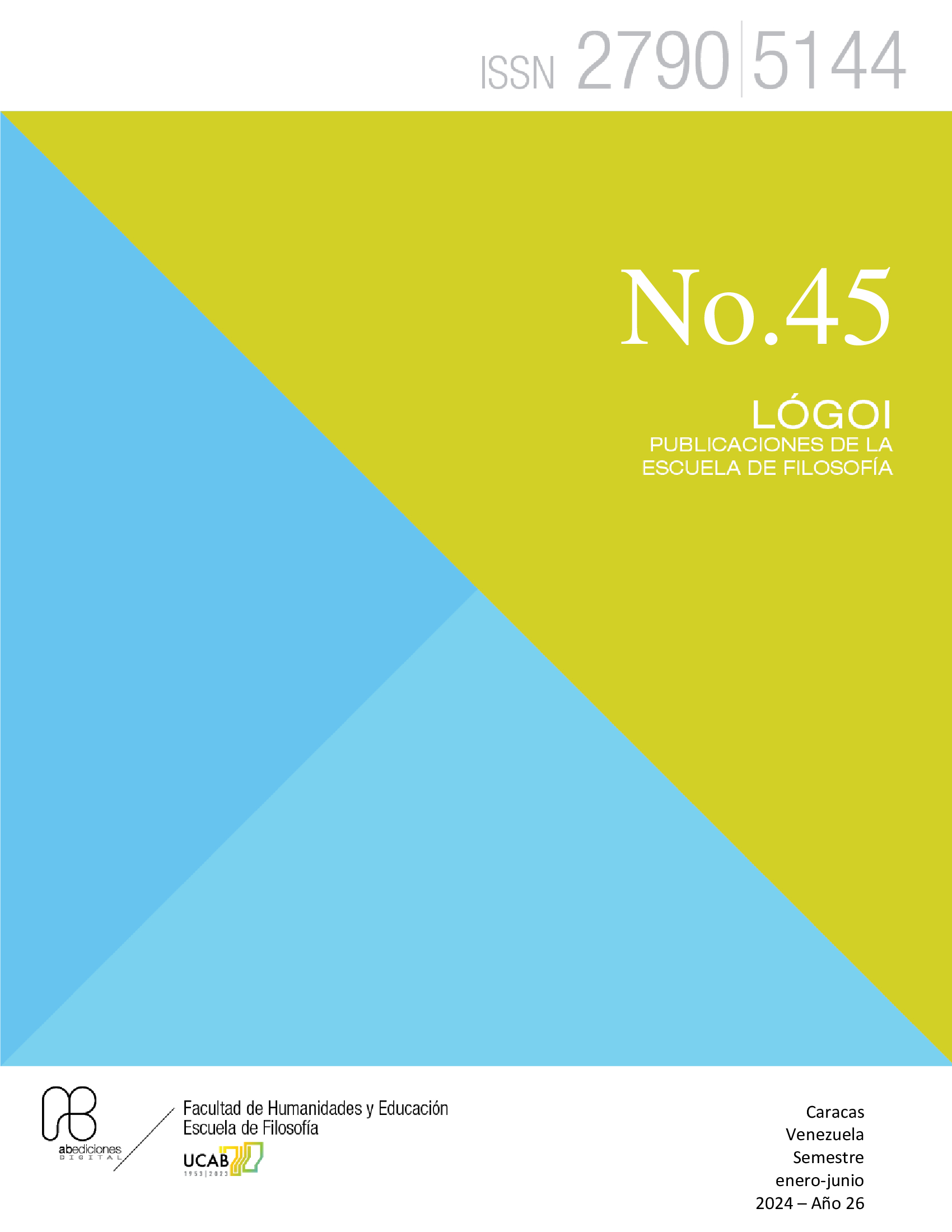On stochastic parrots. A look at large language models
DOI:
https://doi.org/10.62876/lr.vi45.6480Keywords:
Artificial intelligence AI, language models, GPT-4, semantics, human language, artificial languageAbstract
This article critically examines the nature and capabilities of advanced artificial intelligence (AI) systems, with a particular focus on large-scale language models like GPT-4. Using the "stochastic parrot" metaphor proposed by Bender et al. (2021), it analyzes the ability of these systems to generate responses based on statistics and probability, highlighting both their impressive progress and inherent limitations. Despite these models' ability to produce text that appears coherent and contextually appropriate, it argues that they lack true semantic understanding and awareness, characterizing them more as sophisticated mimics than conscious entities.
Downloads
References
Arkoudas, K. “ChatGPT is no stochastic parrot. But it also claims that 1 is greater than 1”. Philosophy & Technology, 36(3), (2023): 54. DOI: https://doi.org/10.1007/s13347-023-00619-6
Arkoudas K, Bringsjord S. Philosophical foundations. en: Frankish K, Ramsey WM, eds. En The Cambridge Handbook of Artificial Intelligence. (Cambridge: Cambridge University Press; 2014): 34-63. doi:10.1017/CBO9781139046855.004 DOI: https://doi.org/10.1017/CBO9781139046855.004
Bender, E., Mcmillan-Major, A., Gebru, T., & Shmitchell, S. “On the Dangers of Stochastic Parrots: Can Language Models Be Too Big?” En Proceedings of the 2021 ACM conference on fairness, accountability, and transparency, (2021): 610-623. https://dl.acm.org/doi/10.1145/3442188.3445922 DOI: https://doi.org/10.1145/3442188.3445922
Bubeck, S., Chandrasekaran, V., Eldan, R., Gehrke, J., Horvitz, E., Kamar, E., ... & Zhang, Y. “Sparks of artificial general intelligence: Early experiments with gpt-4”. arXiv preprint (2023). arXiv:2303.12712.
Chalmers, D. J. “Facing up to the problem of consciousness”. Journal of consciousness studies, 2(3), (1995): 200-219.
Dennett, D. C. The Intentional Stance. (Massachusetts: MIT Press. 1987).
Dreyfus, H.L. The Dreyfus Model of Skill Acquisition. In: Burke, J., Ed., Competency Based Education and Training, Falmer Press, London, (1989): 181-183.
Turing, A. M. “Computing machinery and intelligence” (1950). En The Essential Turing: the Ideas That Gave Birth to the Computer Age, (Oxford: Oxford University Press. 2012): 433-464.
Vaswani, A., Shazeer, N., Parmar, N., Uszkoreit, J., Jones, L., Gomez, A. N., & Polosukhin, I. “Attention is all you need.” Advances in neural information processing systems, 30. (2017). https://arxiv.org/abs/1706.03762
Verma, P., & De Vynck, G. “ChatGPT took their jobs. Now they're dog walkers and HVAC techs”. - The Washington Post. Washington Post. (2023, June 2).
https://www.washingtonpost.com/technology/2023/06/02/ai-taking-jobs/
Published
How to Cite
Issue
Section
License
Copyright (c) 2024 Copyright 2024 Gustavo La Fontaine

This work is licensed under a Creative Commons Attribution-NonCommercial-ShareAlike 4.0 International License.










.png)












